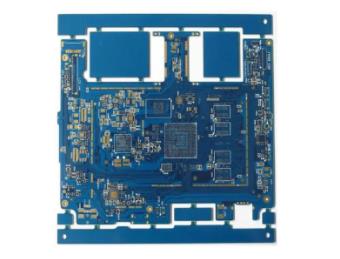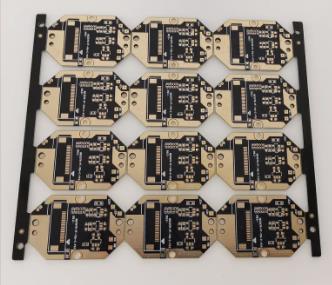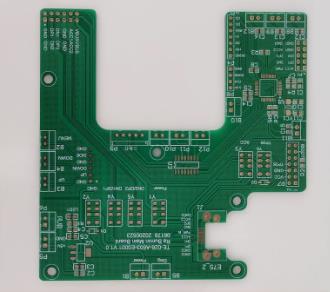
PCB manufacturers share: PCB design - how much does it cost?
Theoretically determining the cost of PCB design is simple - estimate the number of hours and multiply it by the hourly rate. The complex part is estimating hours and determining hourly rates. PCB design services are provided and thousands of designs are cited. We have developed a calculator that uses and applies to the structured process of the baseline formula, and then modified it to accommodate "out of the box" projects.
Documents required
One of the most frequently asked questions by new customers is "Do I need to provide you with quotation design?". Some files are required, while others are optional, but they certainly help to find the exact price. More information means more accurate quotations. Less information sometimes leads to a re quote, which increases the number of additional hours.

Information required for quotation
Schematic diagram (native design document or PDF)
BOM
Mechanical (DXF, IDF, PDF or simple XY size)
Useful information for quotation
Netlist
Routing rules/constraint documents
Layout plan
Component Data Table (only applicable to components with layout description)
Other things we want to know
Here are some common problems we may encounter, especially for new customers:
General schematic/technical problems?
Is there a problem with manufacturing cost or DFM?
CAD Tool Requirements? (At 911EDA, we support most tools)
Do you have an internal component library?
Target completion date?
Estimated time - baseline
After having a basic understanding of the design and answering the basic questions, we can estimate the time required for the project. For PCB design, the task of each circuit board is actually the same:
Library Component Creation
Key location
place
Critical route
route
Output file generation
In order to take some time to complete these tasks, we created a calculator based on the number of component pins, components, networks, required layers and the number of usable area of the circuit board. Using the documentation you provided, baseline hours were generated for each layout task.
Estimated Time - Add ons
Then use Add ons to adjust the number of baselines, which affect the standard time required to complete the design. Some common "add ons" are:
Component pin density. This is derived from the available square area (inches)/number of pins. More than 400 pins per square inch will not only increase placement time, but also increase wiring. From a density perspective (not packaging), this calculation is also used to determine whether HDI is required.
Route density. According to the number of internal wiring layers, the number of networks and the shape of the circuit board, a factor is applied to the wiring baseline.
Routing topology and timing requirements. The DDR memory scheme is a good example of technology, and it will take longer to be successfully integrated into the pcb layout. Other examples are; RF design with shielding wall, power supply, large number of differential pairs, PHY, etc.
HDI。 Required due to package size or component pin density. HDI is a real game rule changer. It can complete the design on PCB or distinguish from designers.
Mill/Aviation. The technology used in military/aerospace is usually no different from the technology we see in the business world, but due to its strict design criteria, review process, complex documents and project management requirements, these boards take a long time to complete in all fields. PCB processing and PCB assembly plants explain the cost of PCB design, how much is the cost of PCB design, and what are the cost items?









